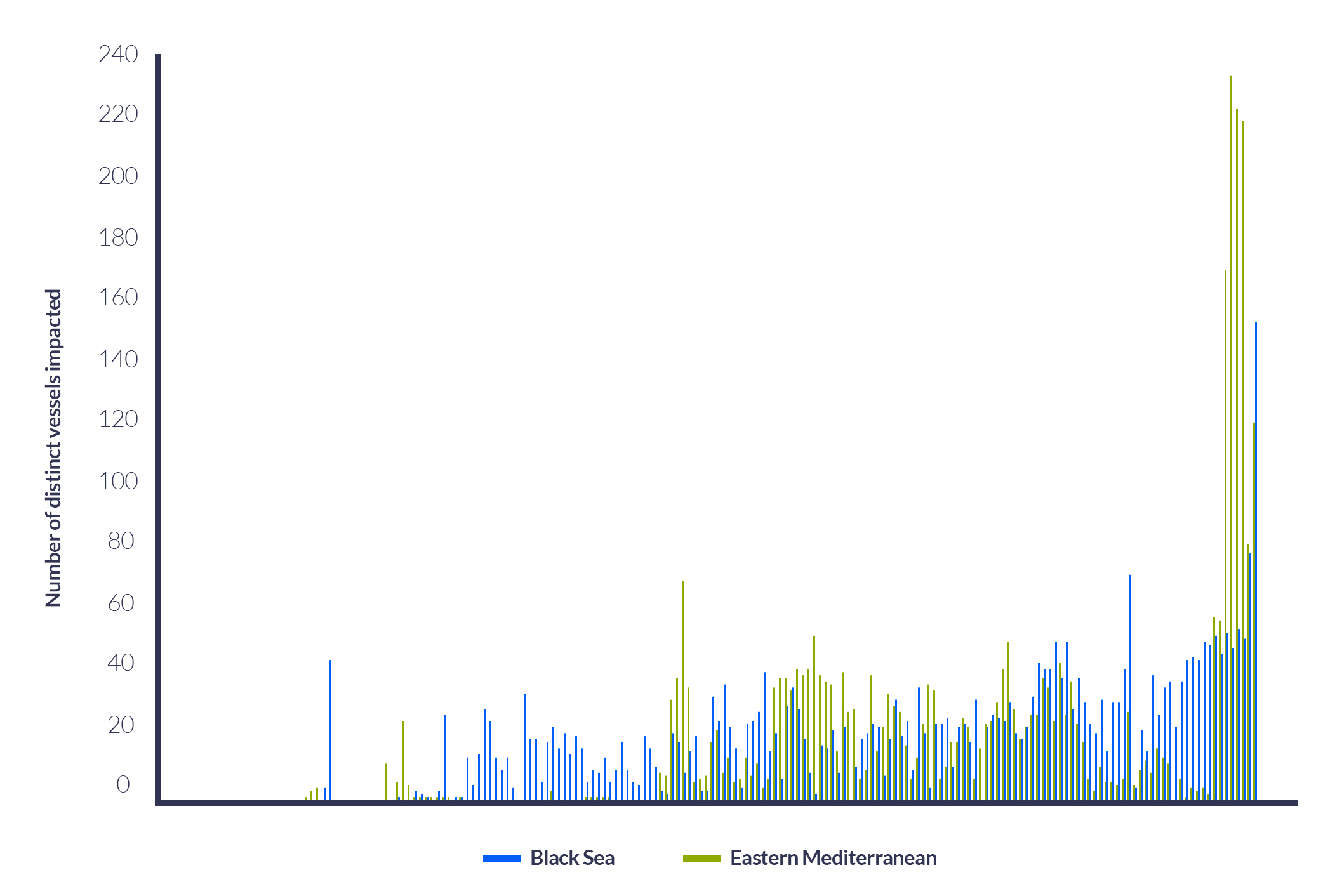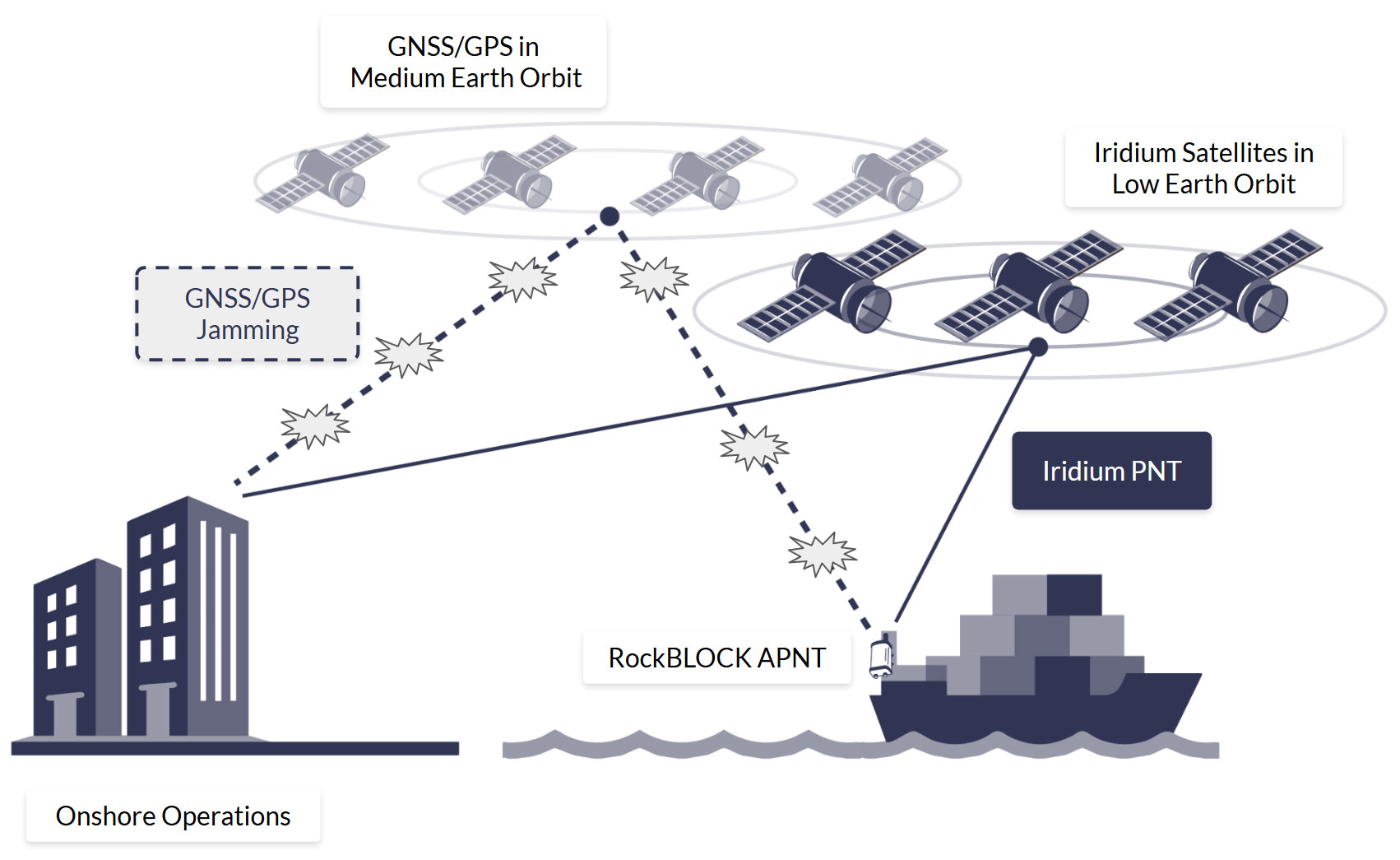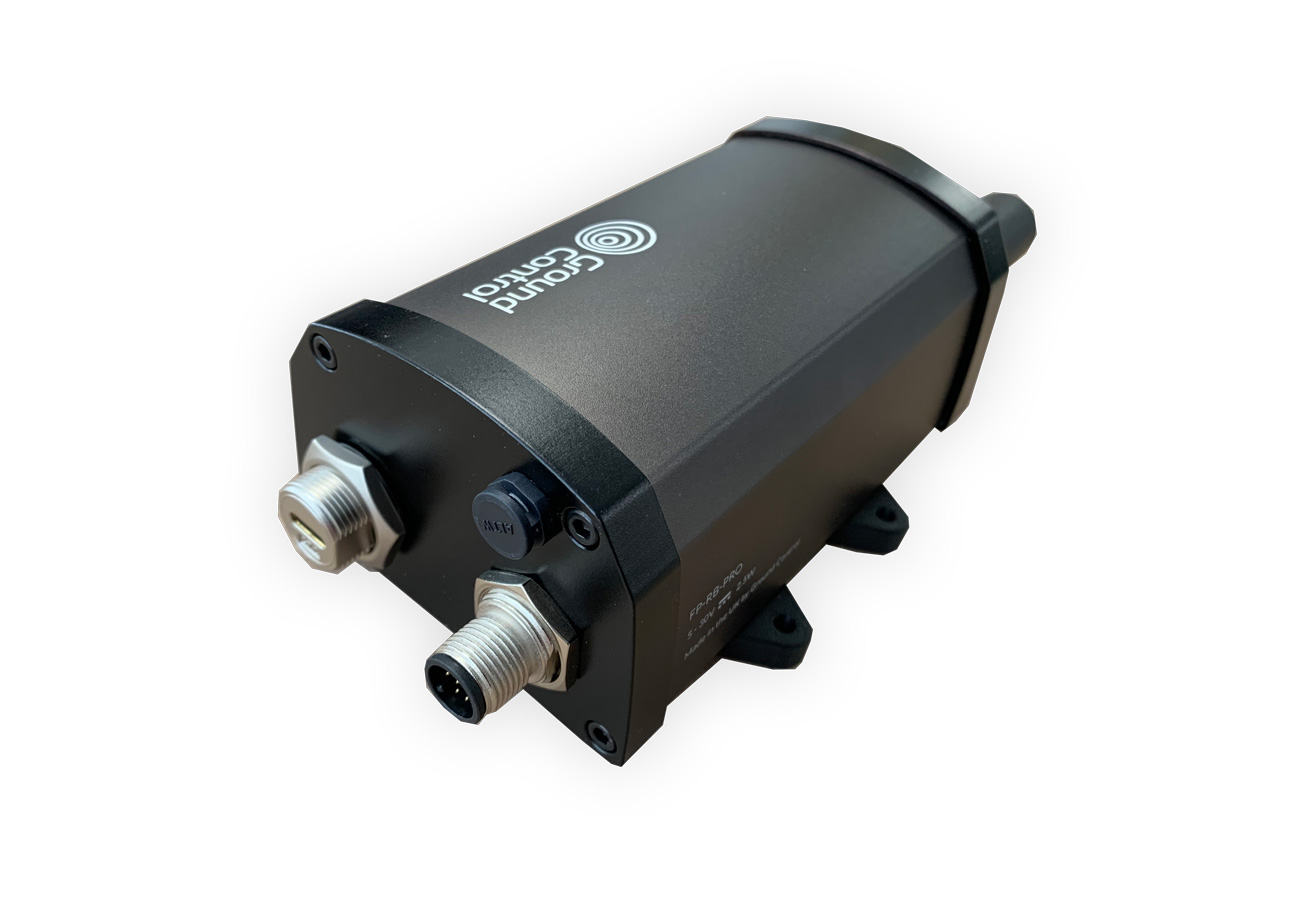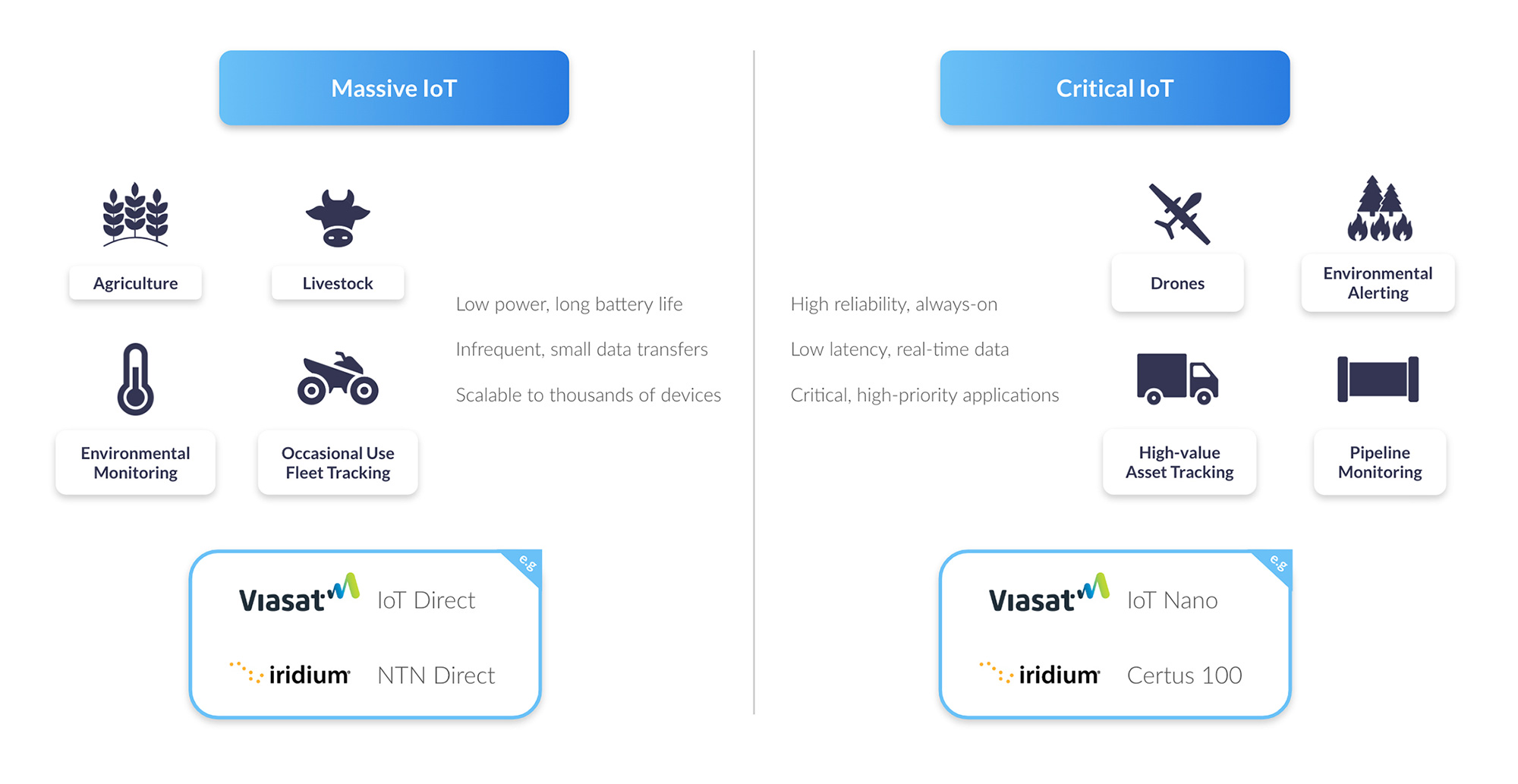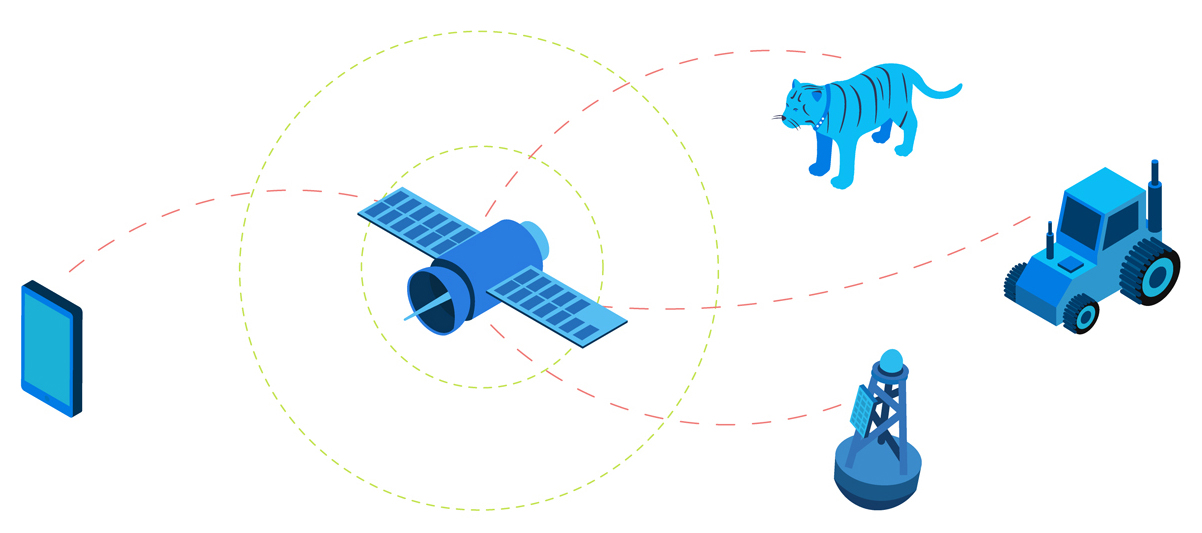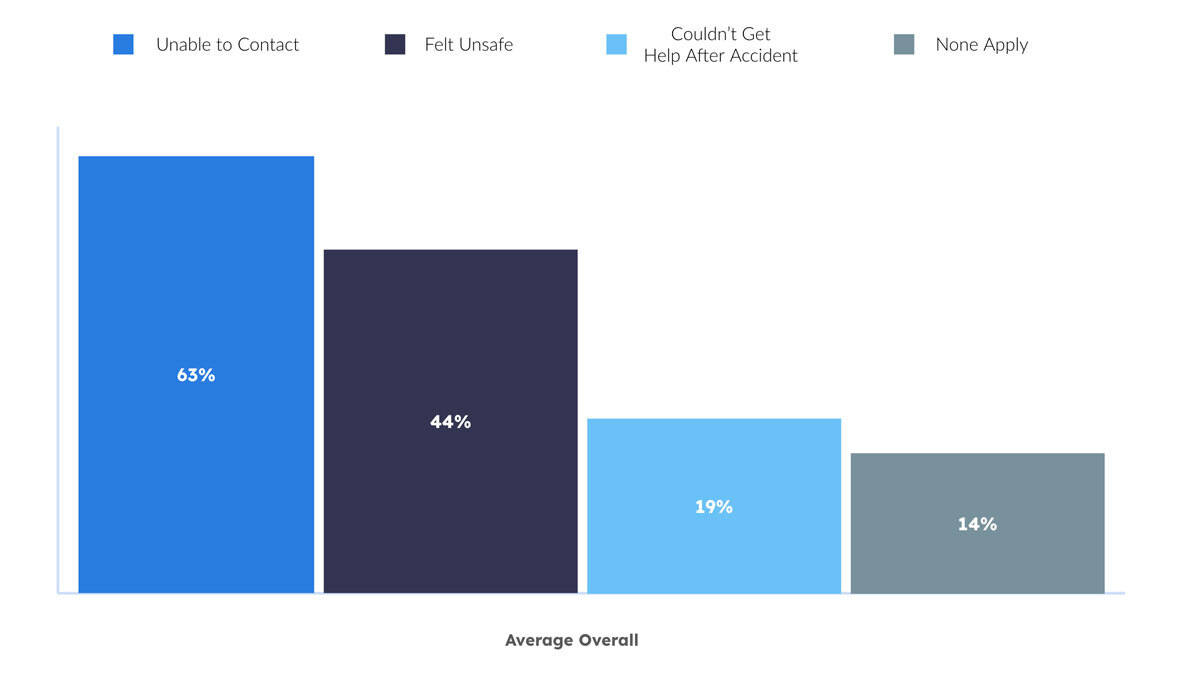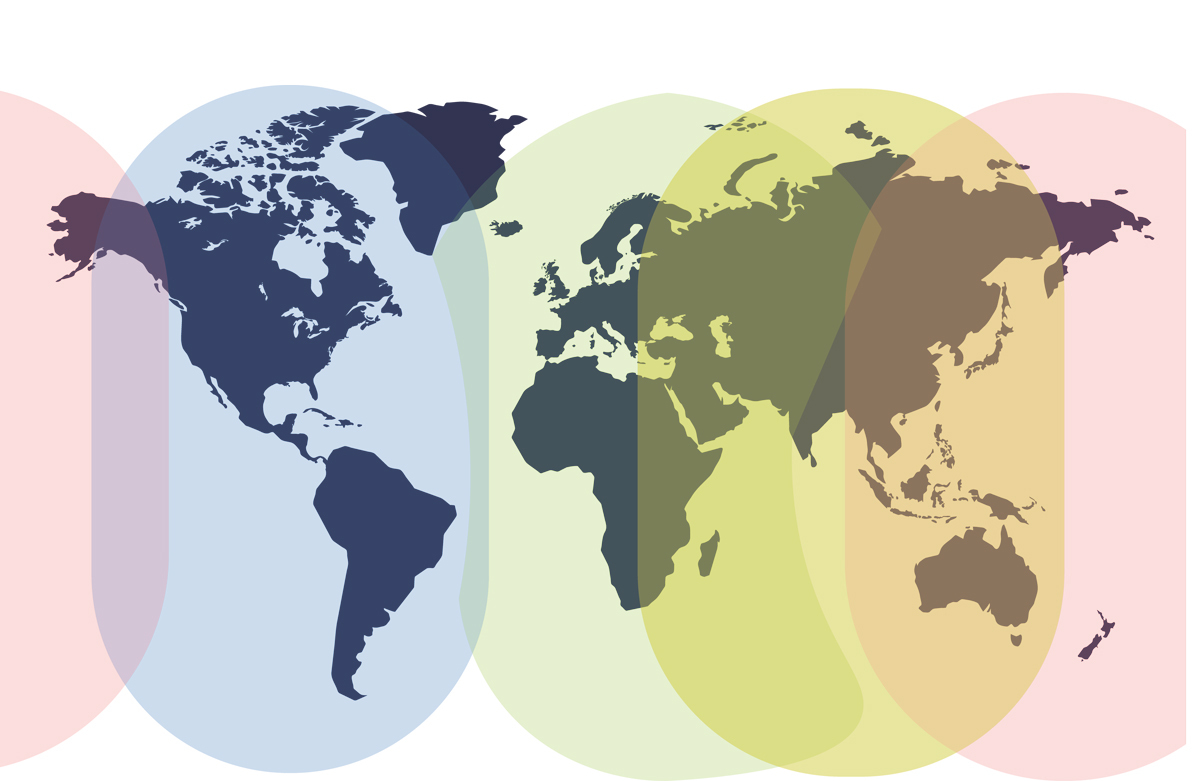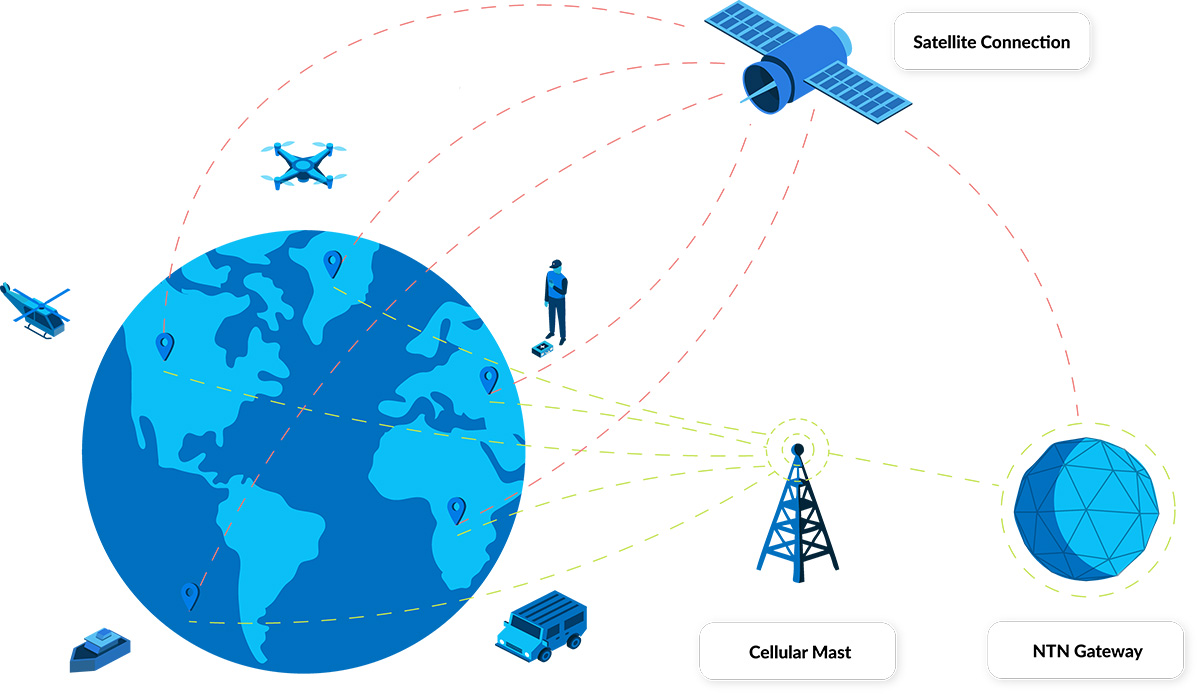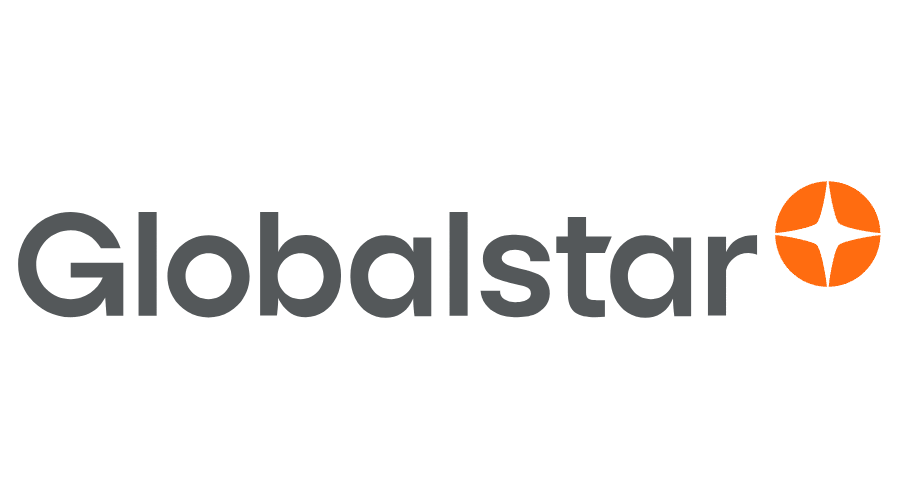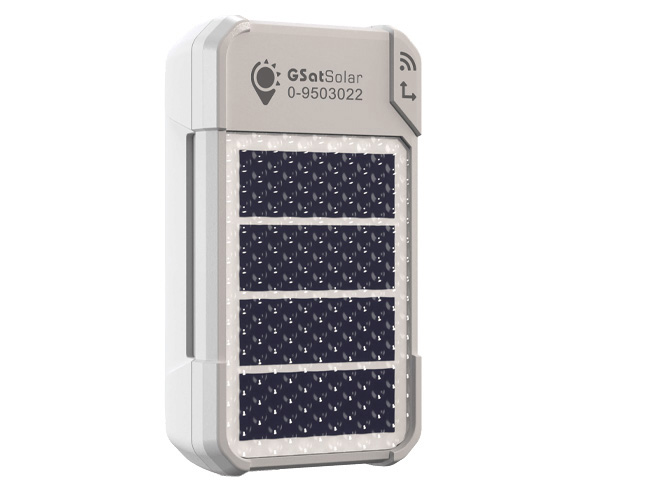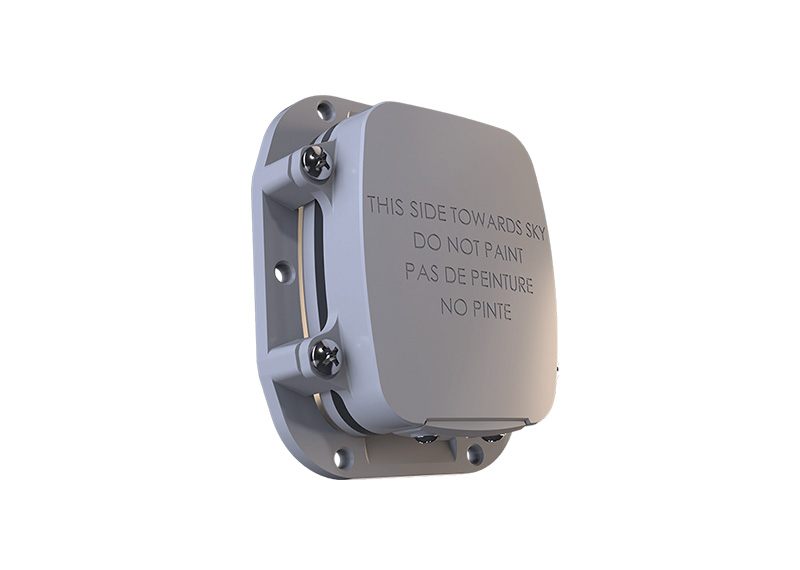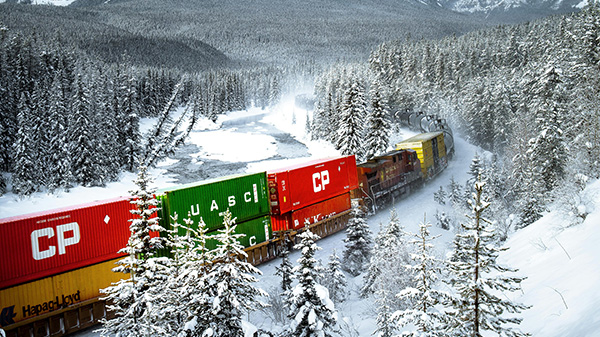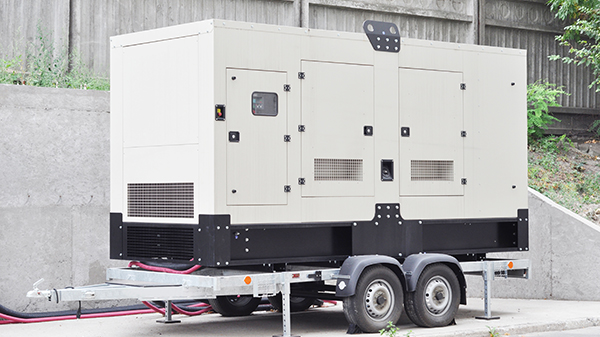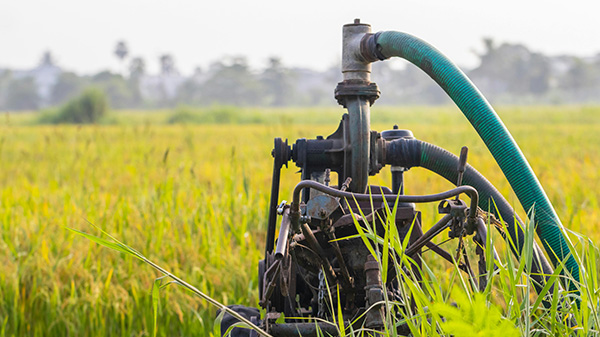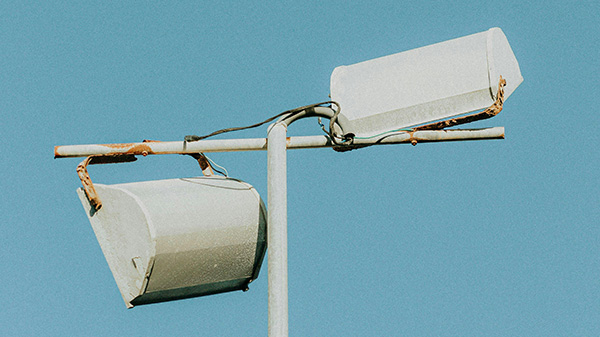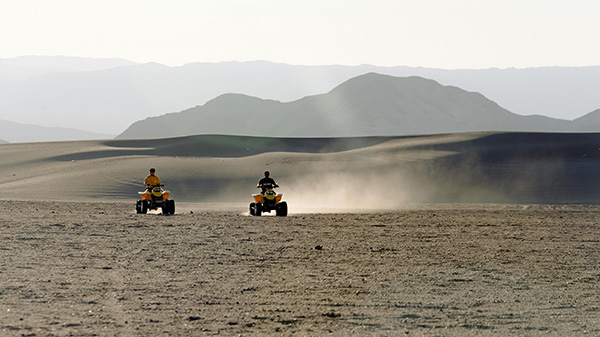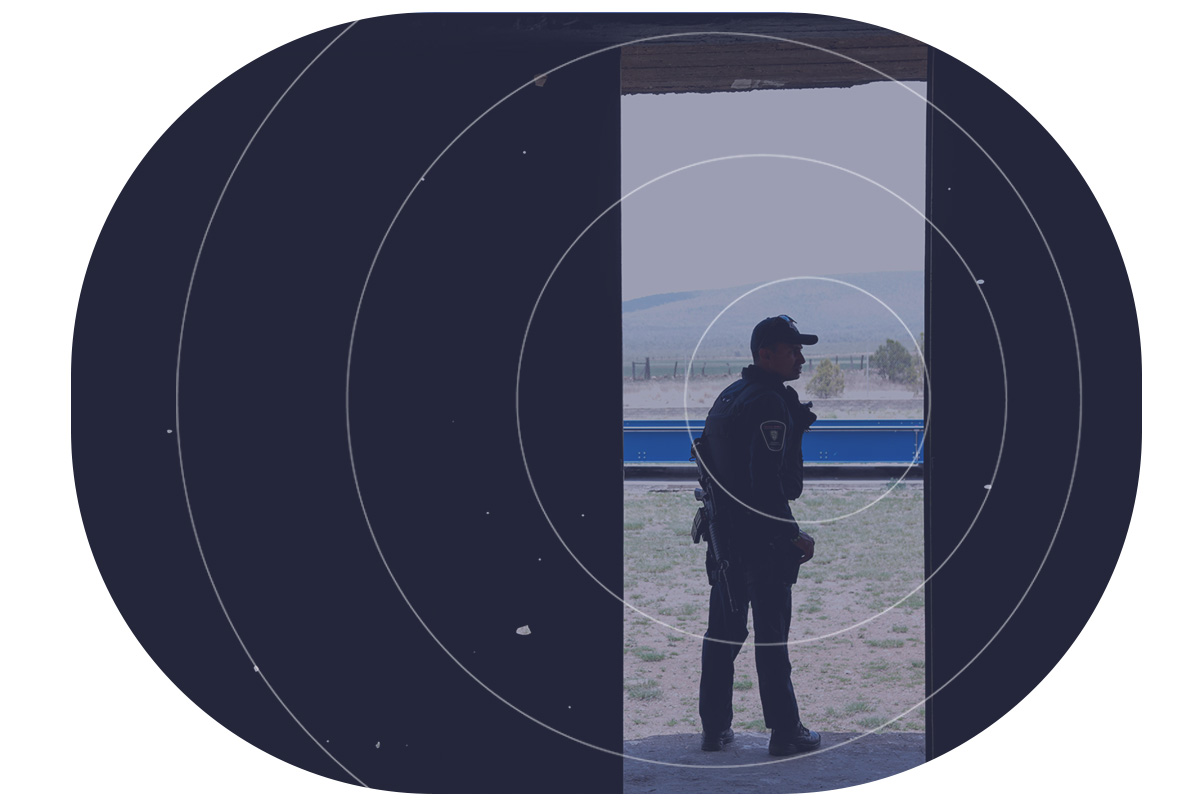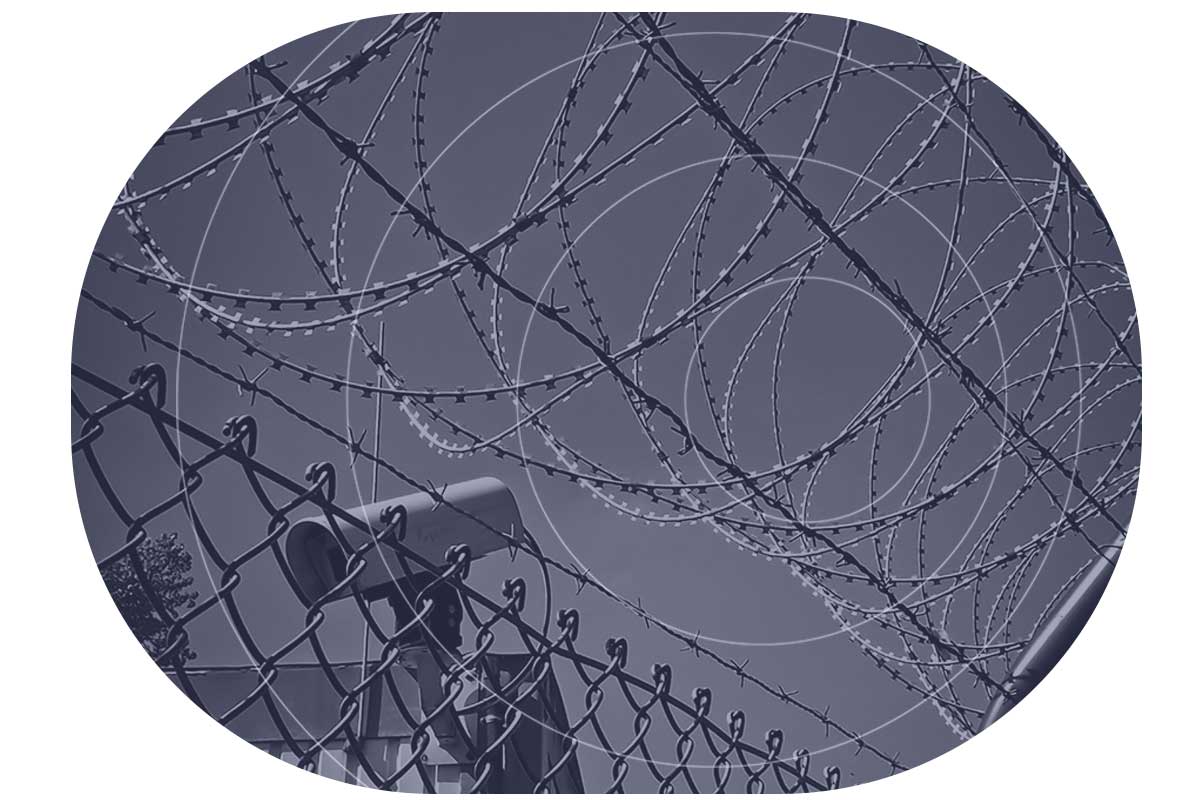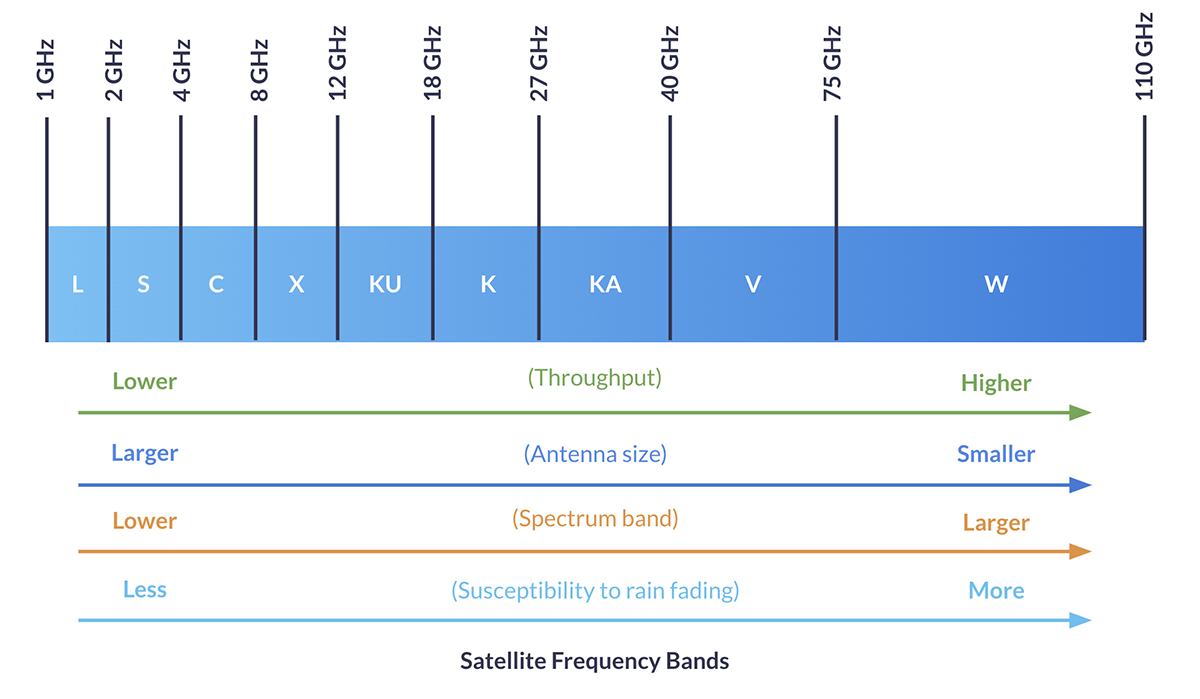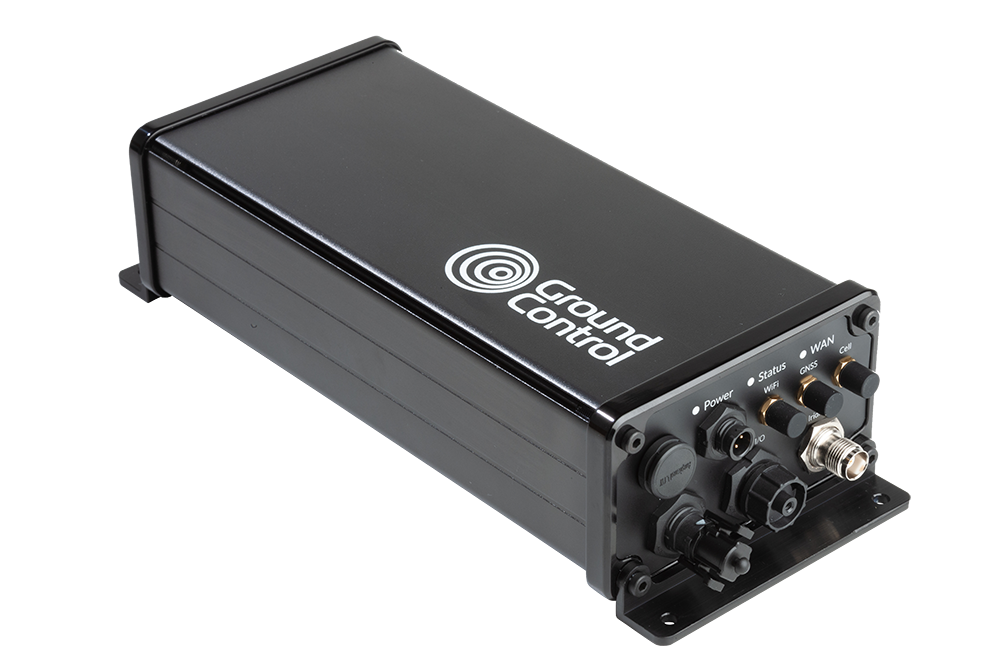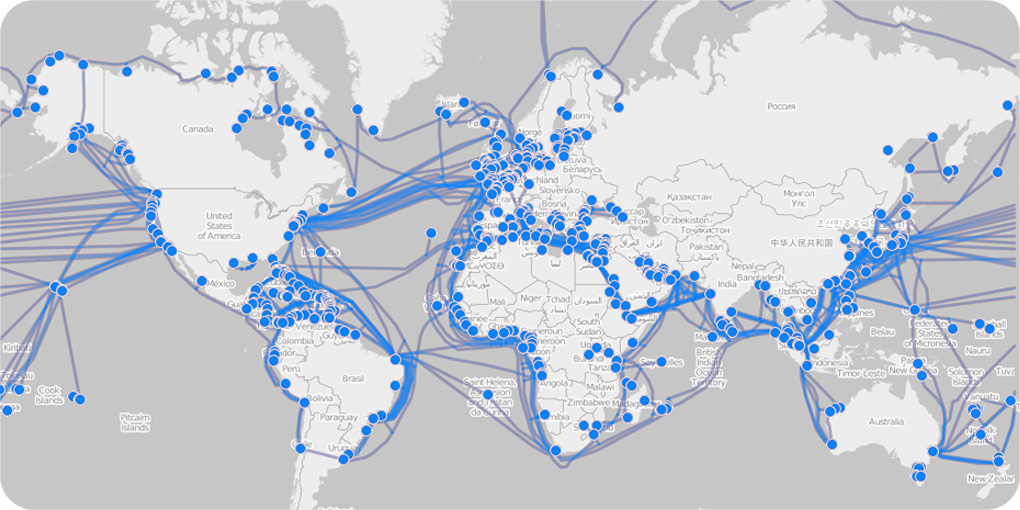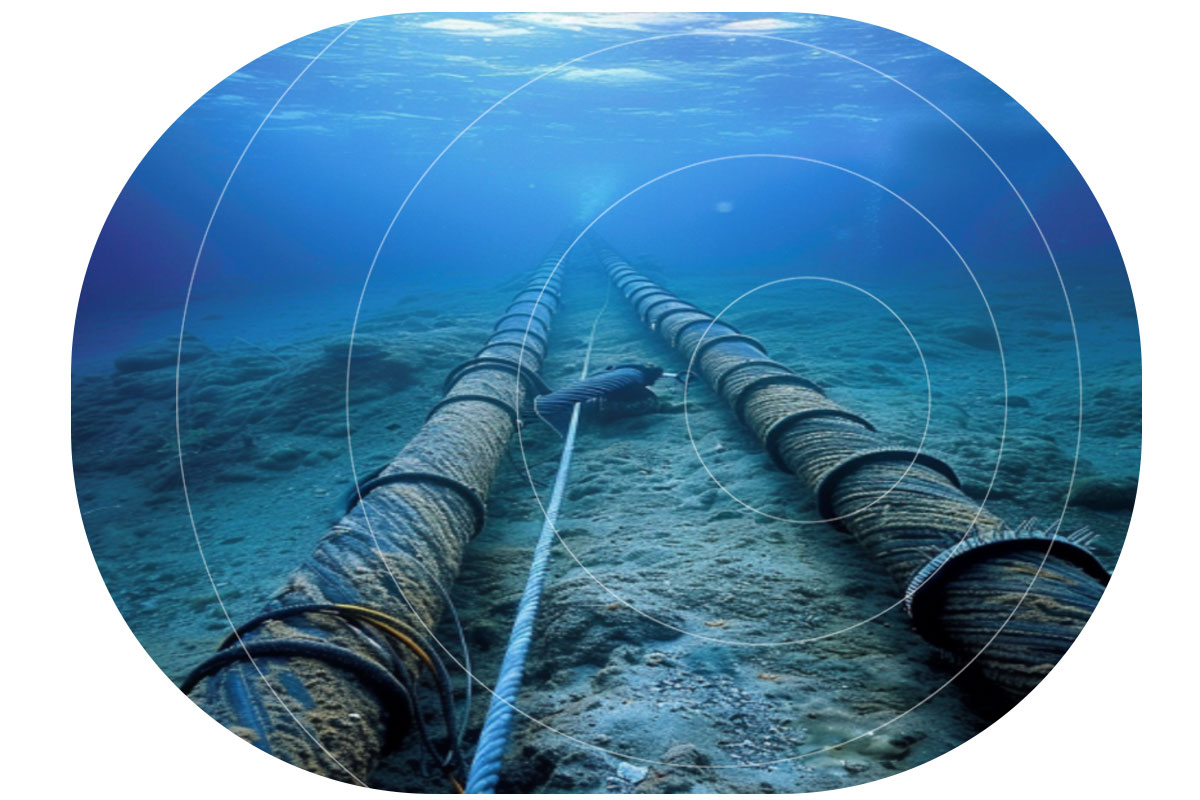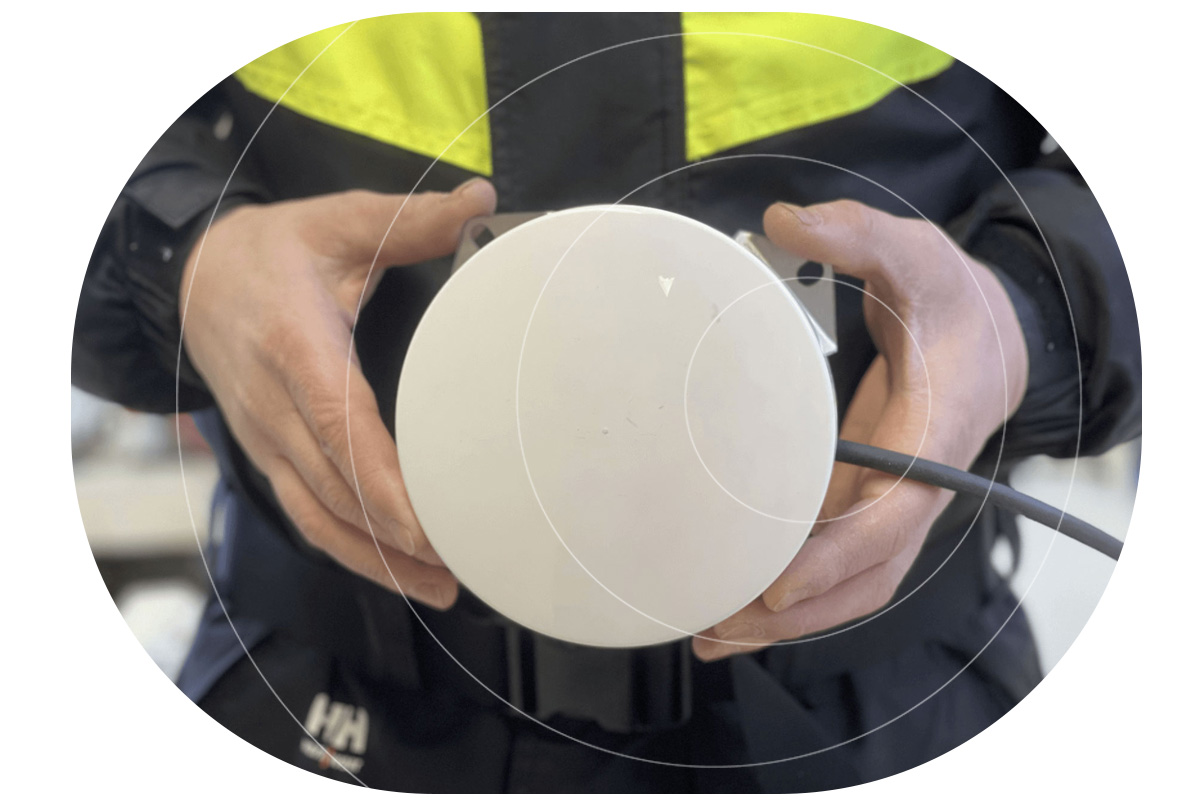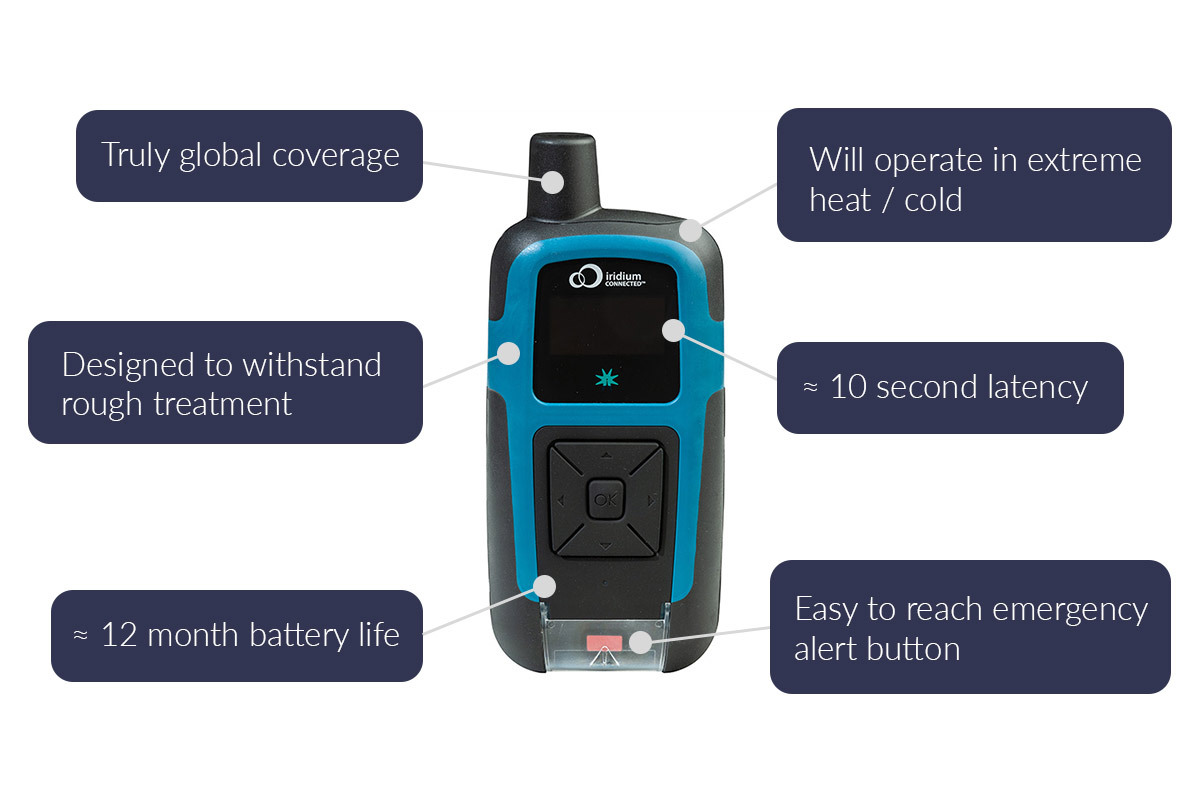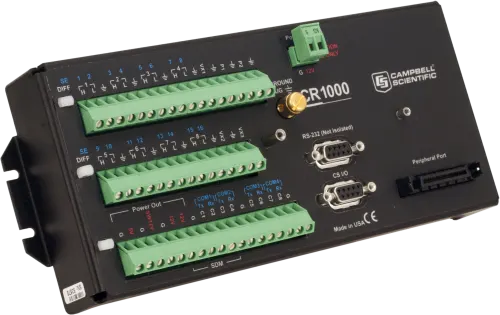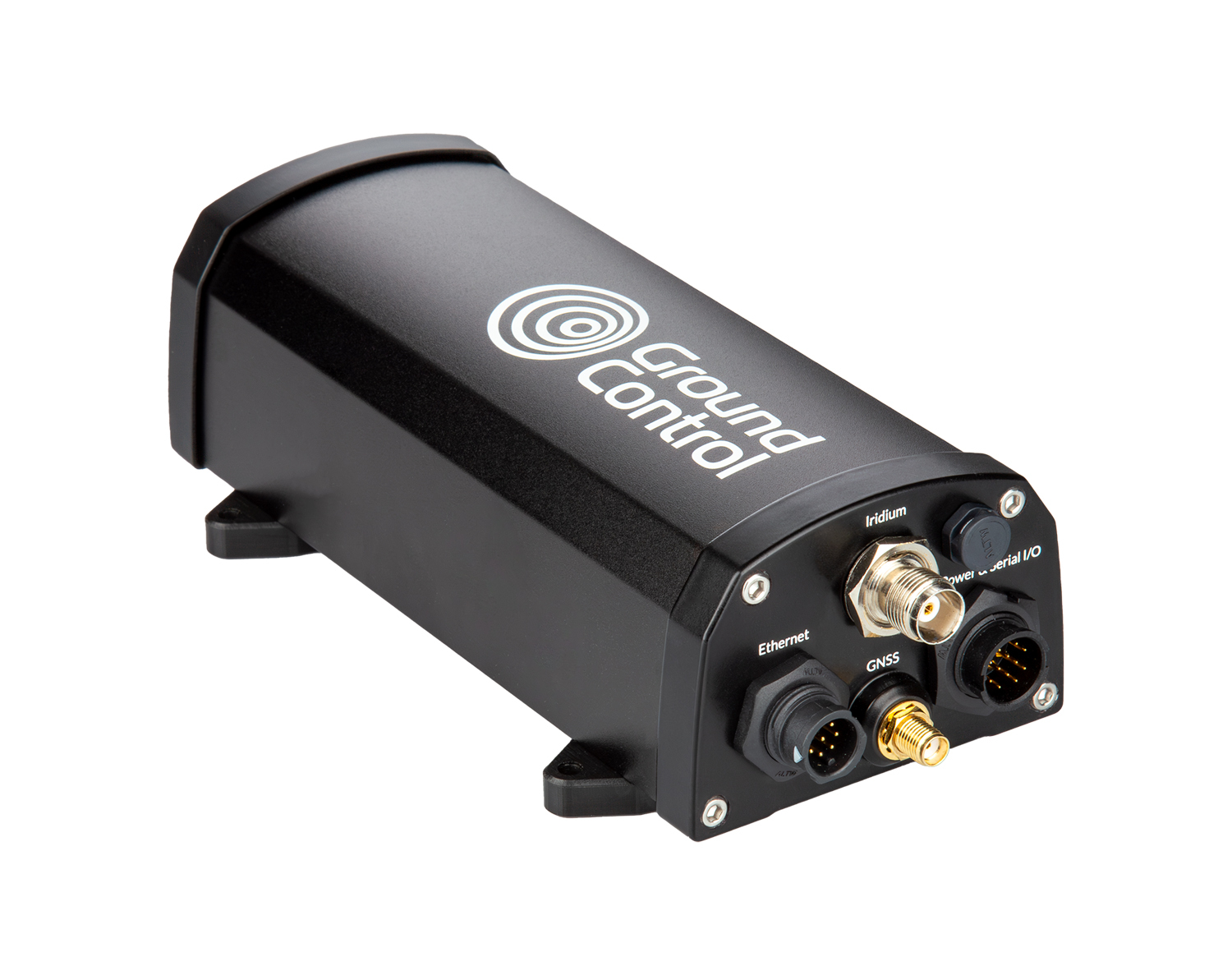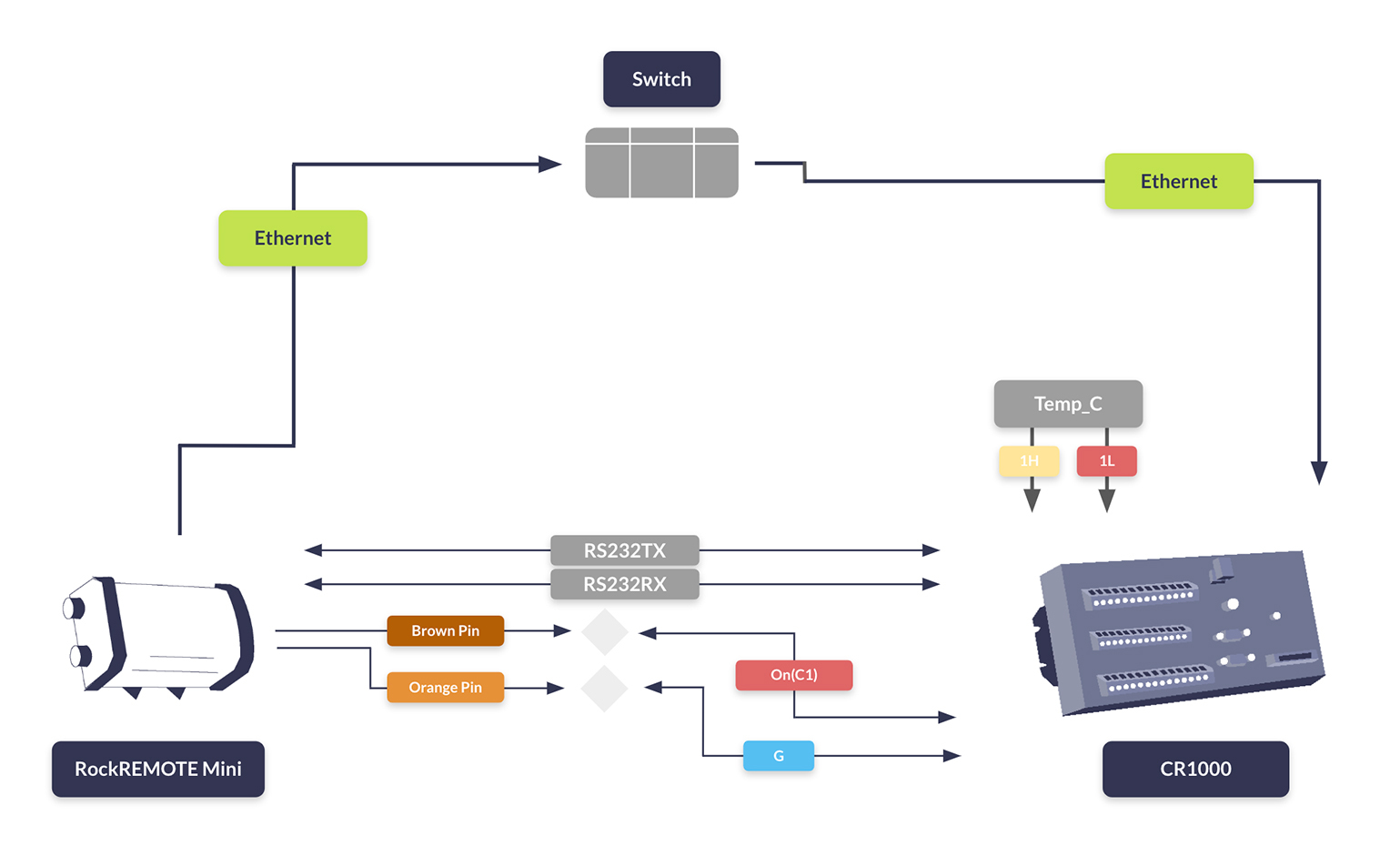In today’s digital battlespace, Assured Positioning, Navigation, and Timing (APNT) is more than a utility; it’s the invisible infrastructure behind every mission. As adversaries grow more technologically capable, the reliability of conventional GPS-based systems is increasingly at risk. Electronic warfare tactics, such as GPS jamming and spoofing, can create blind spots and disrupt mission-critical functions. A resilient solution is needed, designed to maintain accurate, trusted location and timing data even when GPS is spoofed, faked or denied.
From satellite tracking and coordinated troop movements to secure communications and synchronized operations, reliable PNT enables modern militaries to act with speed, accuracy, and global reach.
Encapsulated within Ground Control’s RockSTAR APNT device, reliable, global, and jamming-resilient positional awareness can be achieved by military personnel in hostile, GPS-contested environments. This blog examines the modern-day need for reliable location assurance beyond GPS for military effectiveness.
Why PNT Is Critical for Military Success
PNT systems, chiefly GPS and GNSS, are foundational to all branches of modern defense, forming the backbone of situational awareness, coordination, and operational execution. Real-time, accurate positioning provides the precise geolocation of military forces, vehicles, and critical assets, allowing commanders to make informed decisions in real time.
Navigation enables units to move accurately and more safely across land, air, or sea to ensure missions stay on course and with optimum execution. Timing is crucial for synchronizing a wide range of activities, from encrypted communications and sensor network operations to financial transactions and time-sensitive Intelligence, Surveillance, and Reconnaissance (ISR) data processing.
Numerous military functions rely on accurate and uninterrupted PNT, including Blue Force Tracking (BFT) – a system that utilizes GPS technology to track the location of friendly forces, cybersecurity command and control (C2) systems, precision time-stamping for ISR platforms, and the coordination of multi-domain operations. Without reliable PNT systems and GPS/GNSS, these operations can quickly become disjointed, inefficient, and vulnerable, jeopardizing both mission success and the safety of military personnel.
The GPS Vulnerability Problem
While GPS remains the backbone of PNT, it is vulnerable. GPS signals are low power, unencrypted and easy to jam, spoof, or fake with relatively inexpensive equipment.
In hostile environments, such as near-peer conflict zones and congested battlespaces, adversaries often target GPS to disrupt coordination, conceal positions, or disable military tracking systems.
Even in peacetime or humanitarian missions, natural obstructions like urban canyons, mountains, and indoor locations can degrade signal reception.
APNT is different. A key component of APNT is the use of one-way, secured signals transmitted from Low Earth Orbit (LEO) satellites. These signals are significantly stronger than traditional GPS – up to 1,000 times more powerful in some systems – making them far more resistant to jamming and interference. When integrated into a layered APNT architecture, these satellite-based signals help ensure trusted timing and location data even in GPS-denied environments.
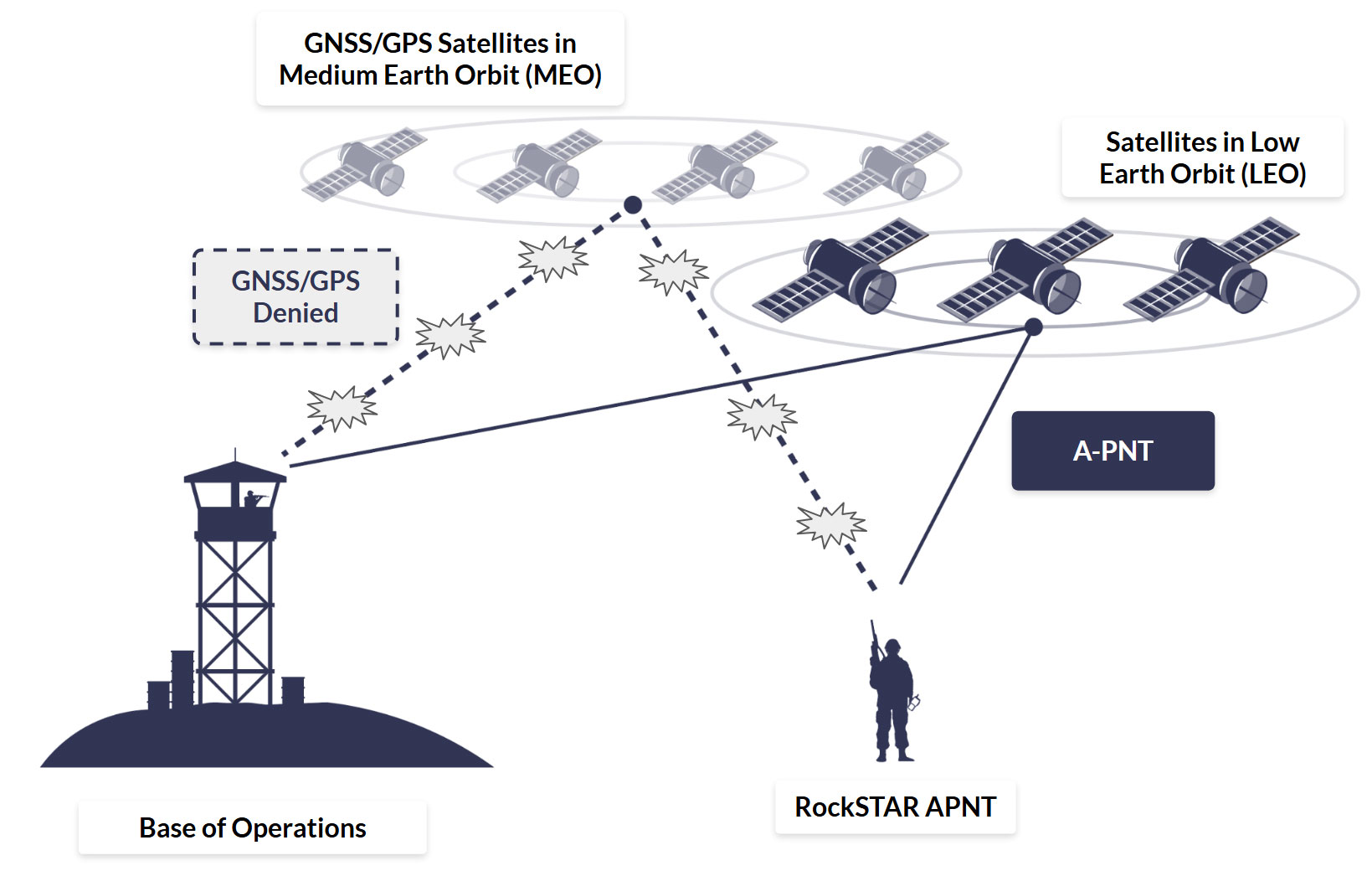
It’s worth noting that APNT is designed to complement, not replace, GPS and GNSS-based systems. PNT and APNT signals are compatible with some of the same hardware that supports GPS, allowing for seamless integration into existing navigation solutions. This makes APNT an ideal component of a layered satellite-tracking system strategy, enhancing resilience,
security, and continuity of positioning and timing services in critical military applications.
RockSTAR APNT For Assured PNT Beyond GPS
RockSTAR APNT offers a hardened alternative to GPS-based timing and location services. By leveraging LEO satellites and cryptographic techniques to verify authenticity, the device transmits high-power signals resistant to spoofing, jamming, and signal degradation, critical for military communications when GPS is compromised. Further, it’s operable indoors and in
urban locations where GPS often fails.
RockSTAR APNT delivers real-time timing accuracy, which is a critical capability for coordinating dispersed units across multiple domains, maintaining secure communications, and operating time-sensitive radar, sensor, and surveillance systems. Positional data in real-time ensures optimum decision-making in dynamic environments.
Engineered for portability and resilience, RockSTAR APNT is compact, field-ready, dustproof and waterproof. Built to military standards, it’s ideal for manned deployments: tactical vehicles, Forward Operating Bases (FOBs), field command posts, and portable mission kits.
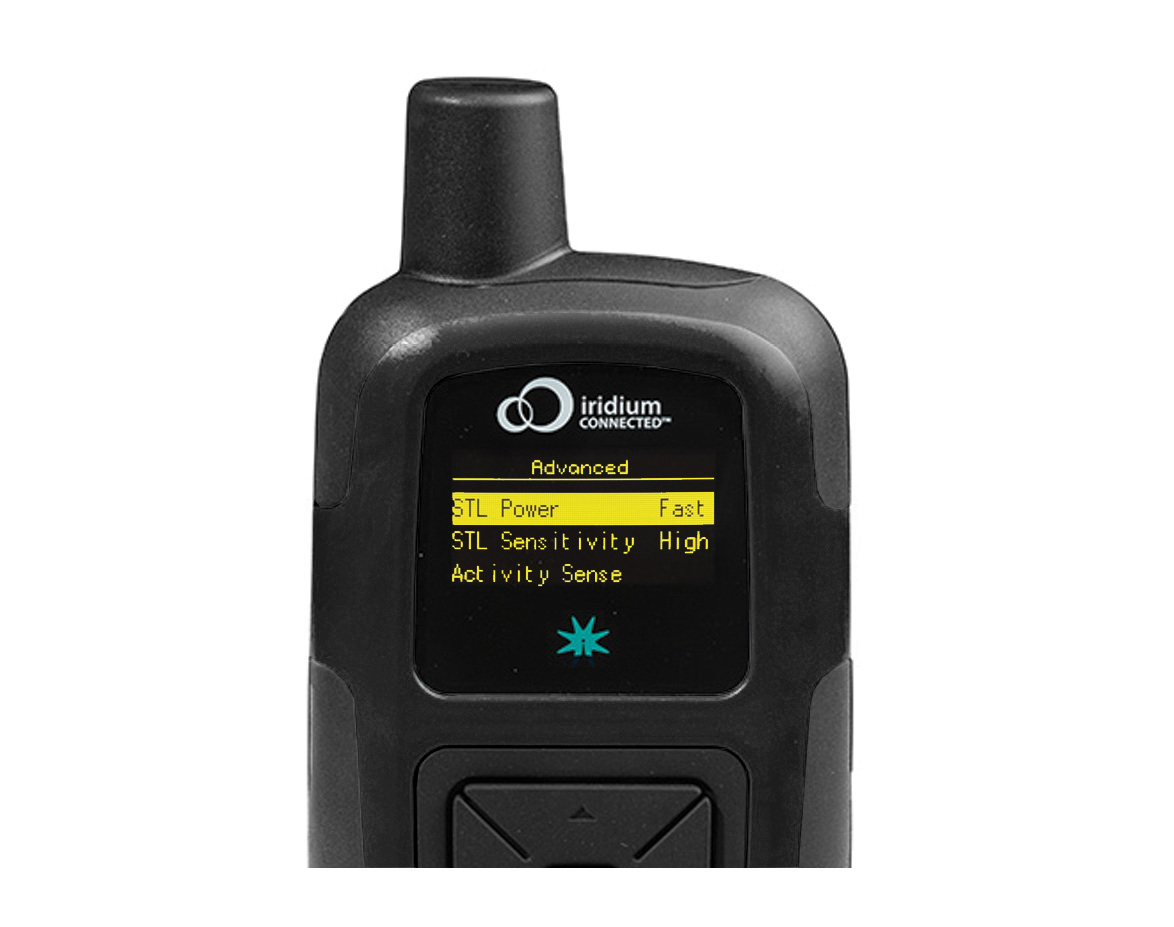
The Embedded APNT Choice
For unmanned or unattended deployments, RockBLOCK APNT offers the same resilient satellite time and location capability in a compact, ruggedized form factor. Designed for integration into autonomous systems, remote infrastructure, and stationary platforms, it ensures critical operations remain synchronised and secure, even in heavily contested GNSS environments.
With the ability to transmit APNT data, as well as text-based messages and telemetry data (up to 100 KB per transmission), RockBLOCK APNT also serves as an effective failover
communication channel when primary systems are compromised or unavailable. Its versatility and resilience make it a valuable asset for mission-critical operations where assured connectivity is essential.
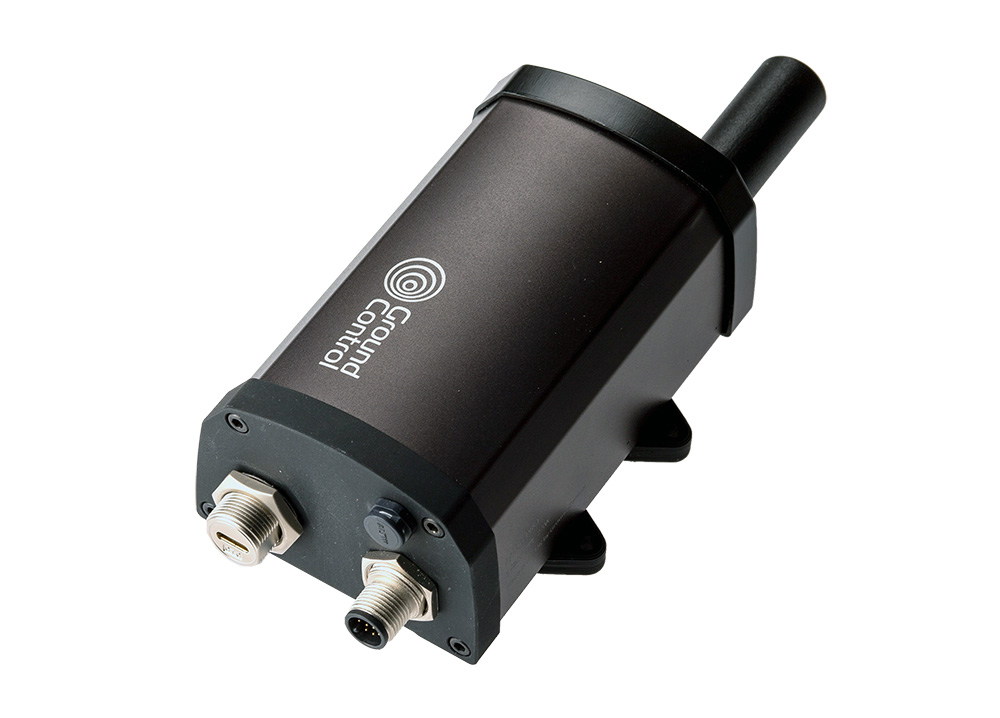
A Layered PNT Strategy for Modern Defense
As militaries shift toward Multi-Domain Operations (MDO), the security and reliability of PNT and GPS are strategic priorities. Relying solely on GPS is no longer acceptable. The U.S. Department of Defense and allied nations are actively pursuing Assured PNT (APNT) initiatives, combining multiple sources to create a layered, fault-tolerant system. RockSTAR APNT and RockBLOCK APNT are key enablers of this strategy in providing a complementary, GPS-independent signal that strengthens the PNT architecture.
Gain The Advantage With Mission Ready Satellite IoT
For over 20 years, we’ve partnered with defense forces, government agencies, and security contractors to develop a number of military-grade devices, harnessing APNT.
Learn how this technology can give you the tactical advantage in your mission-critical operations.
Can we help?
Our satellite-enabled RockSTAR APNT and RockBLOCK APNT solutions offer robust positional data connectivity when GPS fails, for defense applications and more. Partner with us to explore all our satellite solutions that safeguard your military operations and personnel anywhere in the world.
Complete the form or email hello@groundcontrol.com and we’ll get back to you within one working day.

